Butterflies are not only beautiful to look at but also play a vital role in pollination, making them welcome visitors in any garden. By creating a butterfly-friendly garden, you can attract these delicate creatures and provide them with a safe and nourishing habitat. In this article, we’ll guide you through the steps to create a butterfly-friendly garden that will not only be a feast for your eyes but also a haven for butterflies.
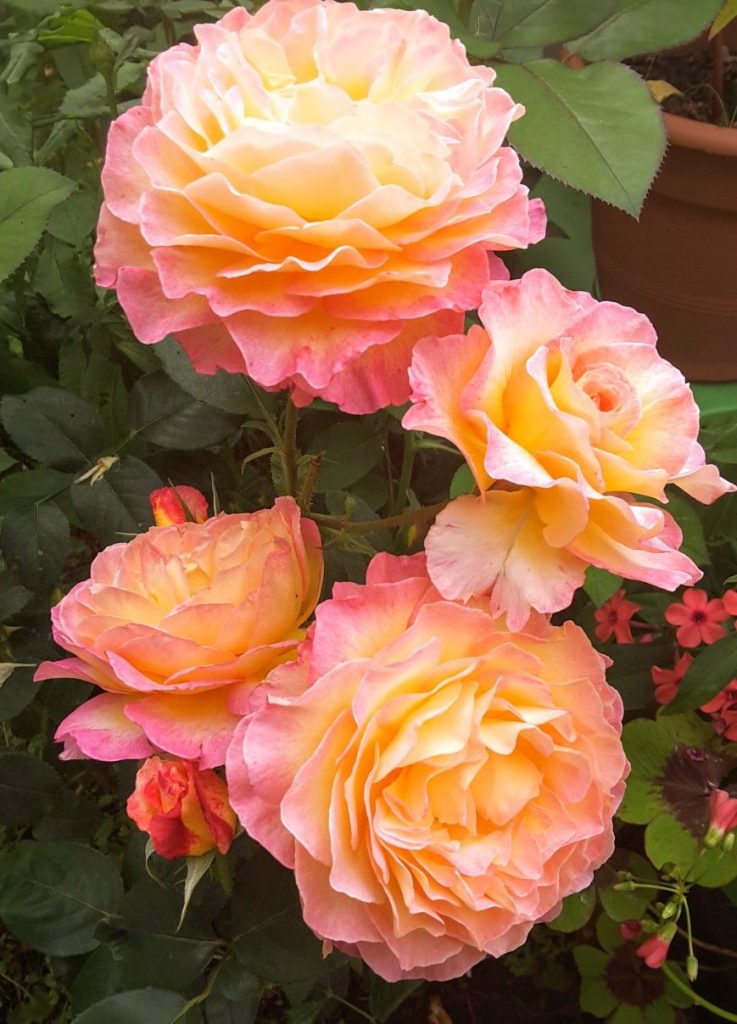
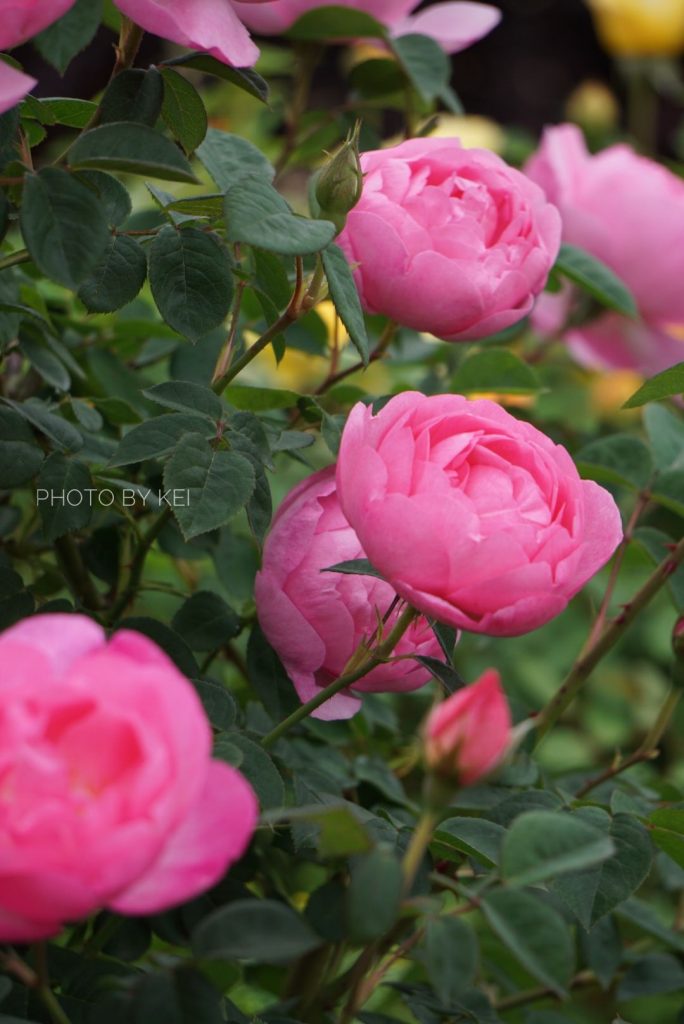
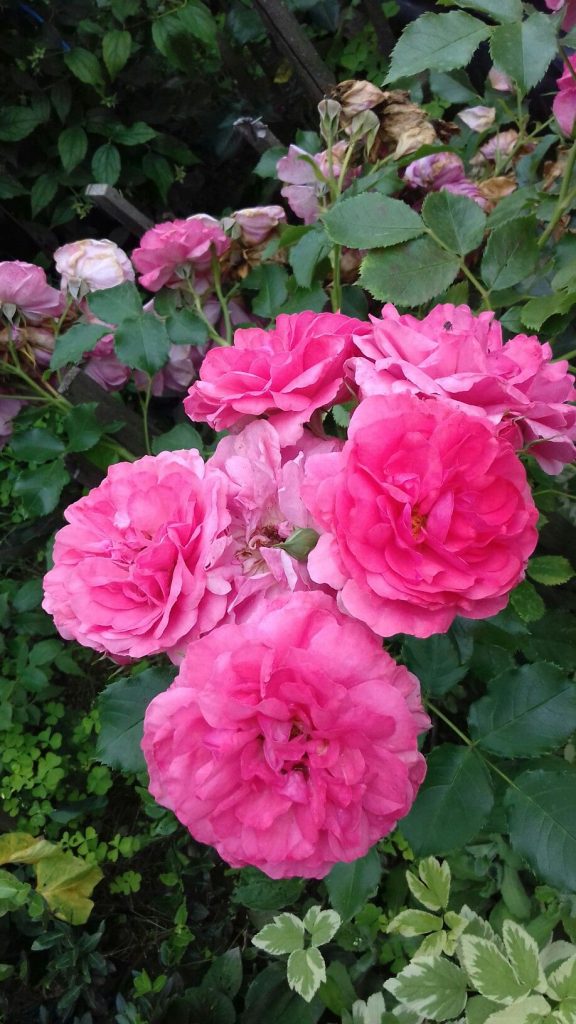
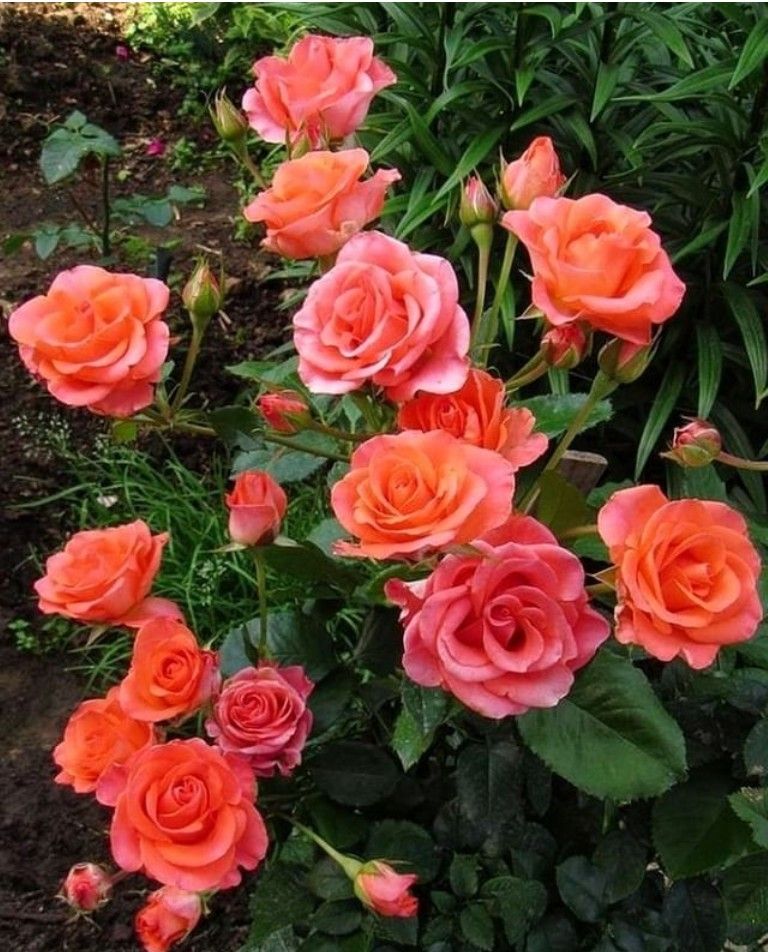
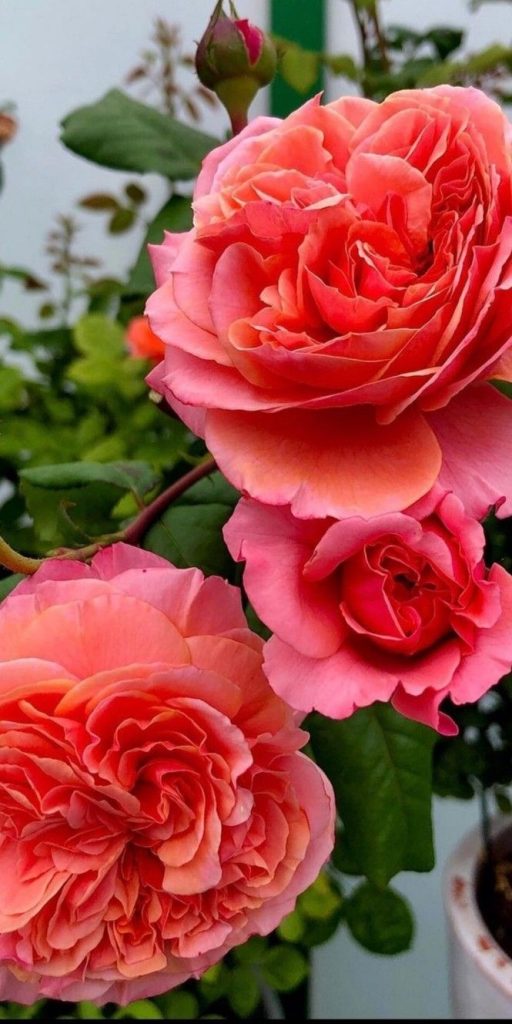
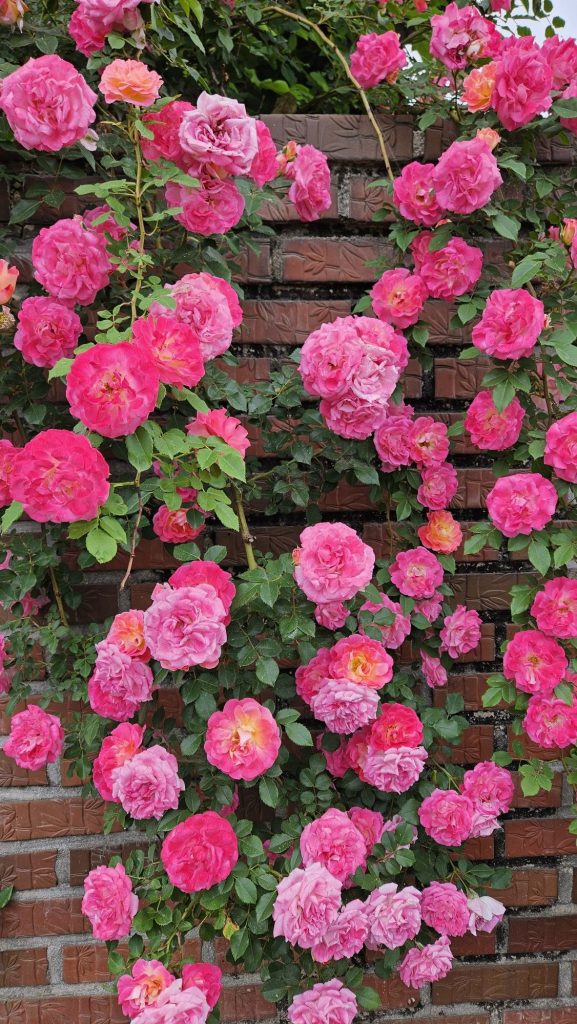
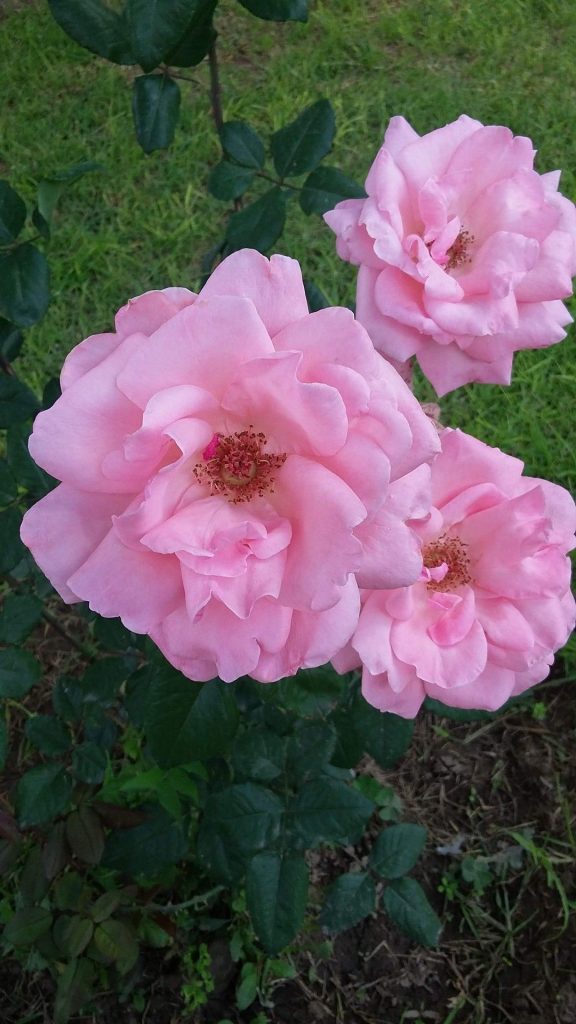
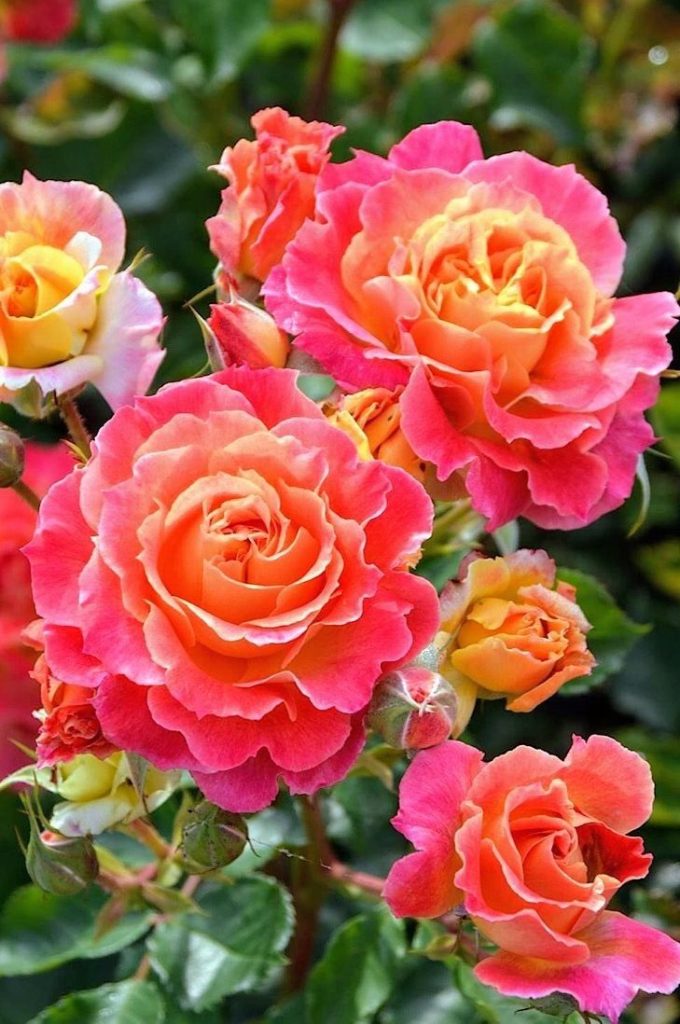
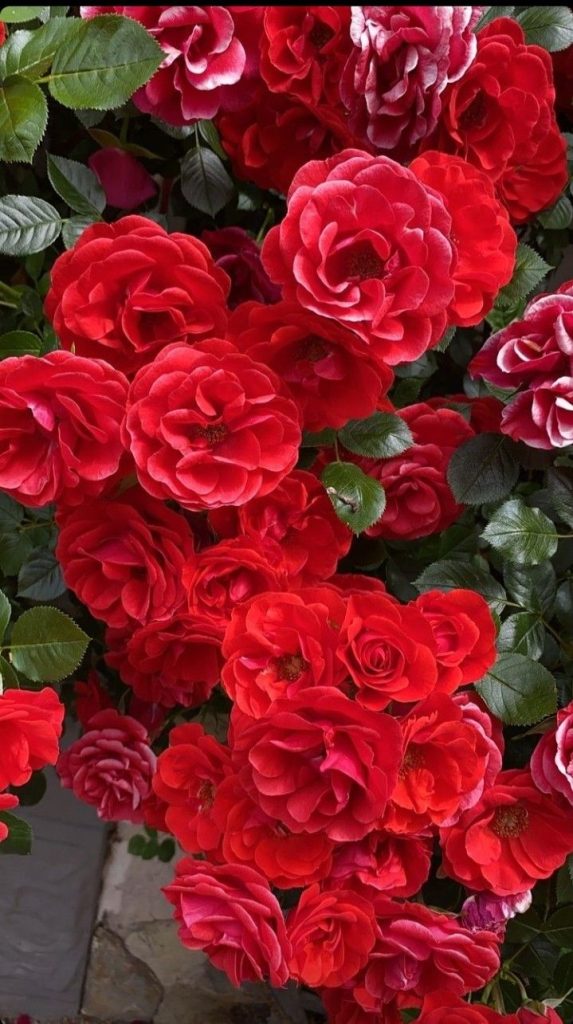
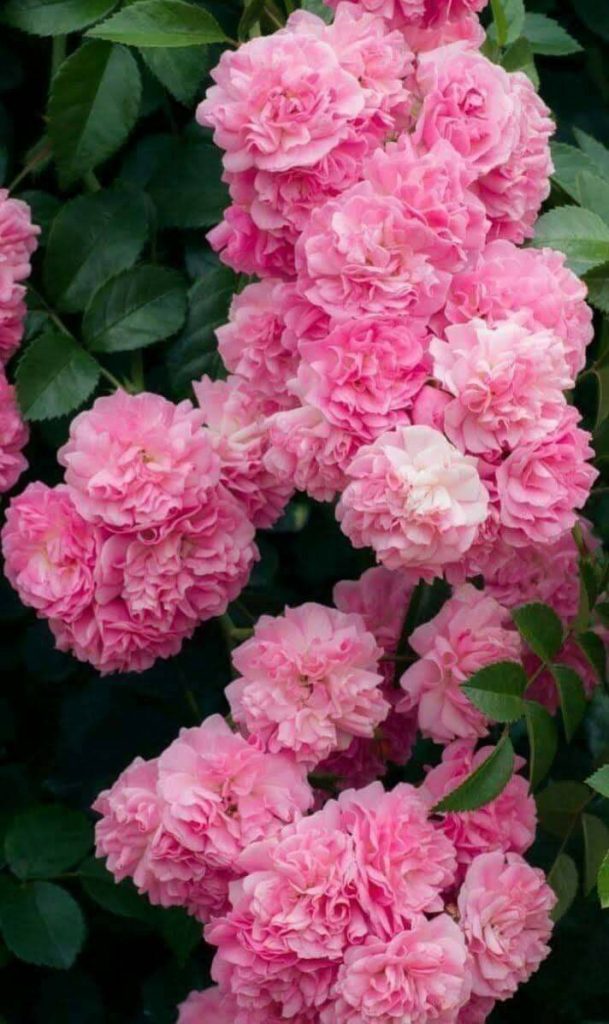
Understanding Butterfly Needs
Tip: Before creating a butterfly-friendly garden, it’s essential to understand the needs and preferences of butterflies. Butterflies require food, shelter, and water to thrive. By providing these essential elements, you can create an inviting environment for butterflies.
Choosing Butterfly-Friendly Plants
Nectar Plants
Tip: Planting nectar-rich flowers is essential for attracting butterflies to your garden. Some popular nectar plants for butterflies include:
- Butterfly Bush (Buddleia)
- Coneflowers (Echinacea)
- Lantana
- Milkweed (Asclepias)
- Black-Eyed Susans (Rudbeckia)
Host Plants
Tip: In addition to nectar plants, consider planting host plants where butterflies can lay their eggs. These plants will provide food for butterfly caterpillars. Some common host plants for butterflies include:
- Milkweed for Monarch butterflies
- Parsley for Black Swallowtail butterflies
- Dill for Anise Swallowtail butterflies
- Passionflower for Gulf Fritillary butterflies
Providing Shelter and Resting Spots
Tip: Butterflies need shelter and resting spots to escape from predators and harsh weather conditions. You can create sheltered areas in your garden by planting shrubs, installing butterfly houses, or leaving patches of tall grass or leaf litter for butterflies to hide and rest.
Offering Water Sources
Tip: Butterflies also need water to drink and maintain their hydration. You can provide water sources for butterflies by setting up a shallow dish filled with water and placing small stones or pebbles inside for butterflies to perch on while drinking.
Avoiding Pesticides
Tip: To create a truly butterfly-friendly garden, it’s essential to avoid using chemical pesticides and insecticides that can harm butterflies and other beneficial insects. Instead, opt for natural and organic pest control methods to manage pests in your garden.
Maintenance and Care
Tip: Regular maintenance and care are essential to keep your butterfly-friendly garden thriving. Here are some tips to maintain your garden:
- Water plants regularly, especially during dry periods.
- Remove weeds and dead plants to keep the garden tidy.
- Prune and trim plants as needed to promote healthy growth.
- Monitor for pests and diseases and treat them promptly using natural and organic methods.
Conclusion
Creating a butterfly-friendly garden is a rewarding experience that not only beautifies your outdoor space but also supports local butterfly populations and contributes to biodiversity. By understanding butterfly needs, choosing the right plants, providing shelter and water sources, avoiding pesticides, and maintaining your garden, you can create a welcoming habitat for butterflies to thrive.
Whether you’re a beginner gardener or an experienced green thumb, creating a butterfly-friendly garden is a delightful way to enjoy nature and make a positive impact on the environment. So roll up your sleeves, grab your gardening tools, and start creating your butterfly-friendly garden today! With a little effort and planning, you’ll soon be enjoying the sight of colorful butterflies fluttering around your garden, adding beauty and life to your outdoor space.